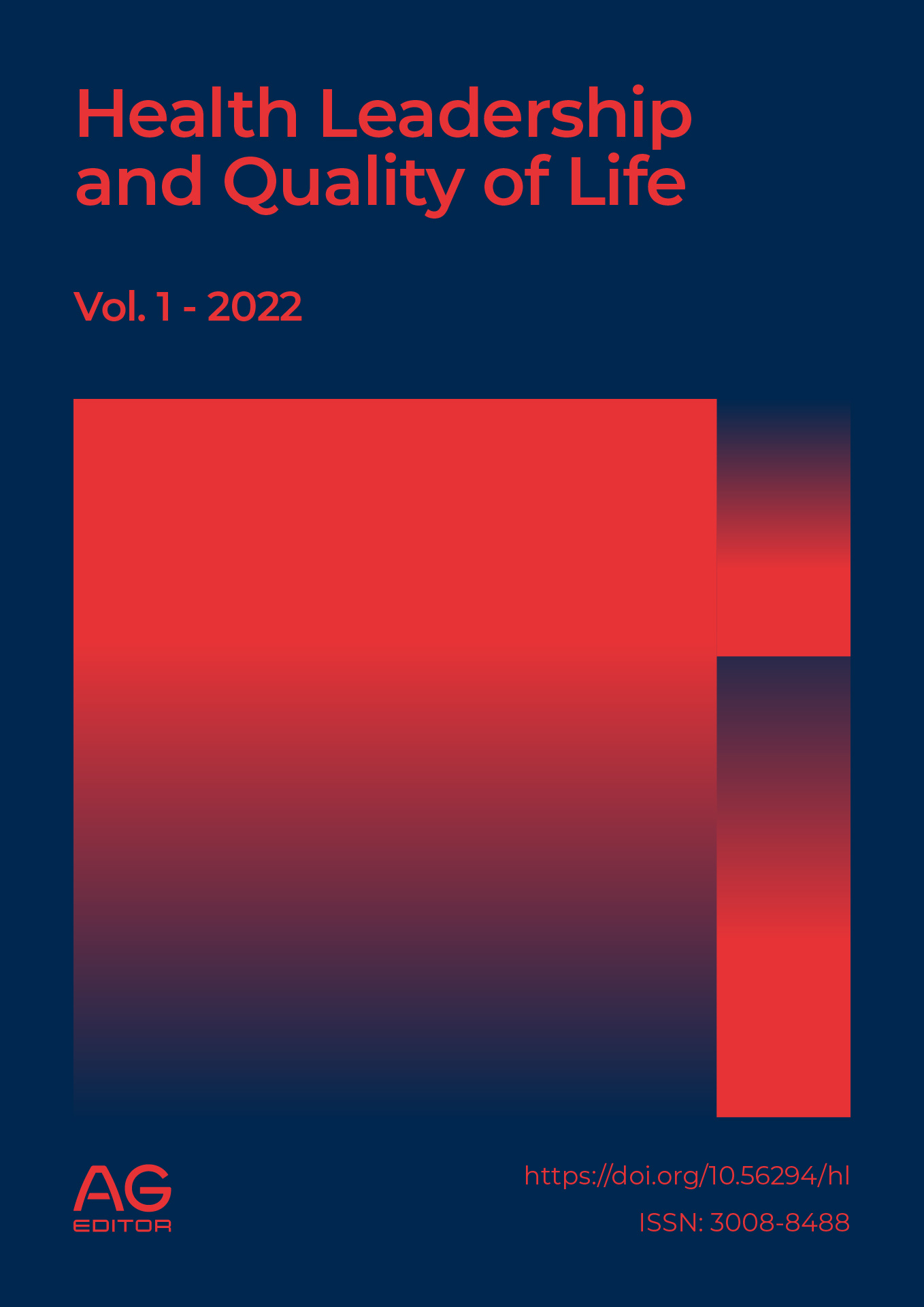Cytoprotective effect of allium sativum (garlic) and alkaline water on β-pancreatic cells as a preventive treatment for diabetes induced in wistar rats
DOI:
https://doi.org/10.56294/hl202238Keywords:
Allium sativum, Alkaline Wate, cytoprotective effect, glucose, histopathologicalAbstract
Allium sativum and alkaline water have an antioxidant effect, capable of protecting any cell from degeneration. Studies have shown that they regulate glucose levels; however, there is no evidence of research on the mixture of both treatments with histopathological studies. The objective of the present study was to evaluate the cytoprotective effect of the joint administration of Allium sativum and Alkaline Water in different doses and periods of time. For this research, 8 groups of 12 animals each were formed, to which initial glucose was measured, and then the corresponding treatments were administered for 7, 14 and 21 days. Control group A without treatment, group B induction with alloxan, group C positive control administered: Glibenclamide, Group D Allium sativum oil, Group E alkaline water and Groups F, G, and H received Allium sativum and Alkaline water together at different doses. After each time period diabetes was induced using alloxan, final glucose was measured and the pancreas was extracted for subsequent histopathological analysis.
The results obtained were analyzed by comparison of means, observing that from 7 days of treatment, both Allium sativum and alkaline water separately, as well as the joint administration of both, prevented the increase of glucose values. Histopathological analysis showed that Allium sativum had a cytoprotective effect at 21 days of treatment; on the other hand, at 21 days of treatment with alkaline water, a minimal cytoprotective effect was observed; while experimental animals treated with both treatments at different doses showed a cytoprotective effect from day 7 of treatment. Concluding that the joint administration of Allium sativum and alkaline water has an effective cytoprotective and normoglycemic effect.
References
Alashkham FA, Osman MT, Adnan A, Bakar NS. Histopathological and Biochemical Effects of Allium Sativum Oil Administration on Type 1 Diabetic Rats. Res J Pharm Biol Chem Sci. 2013;4(1):1045-53.
Alonso J. Tratado de Fitofármacos y Nutracéuticos. Buenos Aires: Corpus; 2008.
Ankur R, Shahjad A. Alloxan Induced Diabetes: Mechanisms and Effects. Int J Res Pharm Biomed Sci. 2012;3:819-23.
AQUAGOLDEN. La Historia del Agua Alcalina [Internet]. 2013 Jul 24 [cited 2015 Jun 5]. Available from: http://aquagoldens.weebly.com/agua-alcalina.html
Ecogaia. Efectos Curativos del Agua Alcalina Ionizada [Internet]. 2010 Aug 9 [cited 2015 Aug 7]. Available from: http://www.ecogaia.com/efectos-curativos-del-agua-alcalina-ionizada-1892.html
Ecoportal. El agua que lo cura todo: alcalina y sin cloro [Internet]. 2014 Nov 19 [cited 2015 Jun 3]. Available from: http://www.ecoportal.net/Eco-Noticias/El-agua-que-lo-cura-todo-alcalina-y-sin-cloro
Federación Internacional de la Diabetes. ATLAS de la Diabetes de la FID. 6th ed. Federación Internacional de la Diabetes; 2013.
Henry M, Chambron J. Physico-Chemical, Biological and Therapeutic Characteristics of Electrolyzed Reduced Alkaline Water (ERAW). Water J. 2013;5:2094-115.
Instituto Nacional de Estadísticas y Censos. Anuario de Estadísticas Hospitalarias Camas y Egresos 2014 [Internet]. 2015 Jul 24 [cited 2015 Jan 22]. Available from: http://www.ecuadorencifras.gob.ec/
Jin D, Ryu SH, Kim HW, Yang EJ, Lim SJ, Ryang YS, et al. Anti-Diabetic Effect of Alkaline-Reduced Water on OLETF Rats. Biosci Biotechnol Biochem. 2006;70(1):31-7.
Kim MJ, Jung KH, Uhm YK, Leem KH, Kim HK. Preservative Effect of Electrolyzed Reduced Water on Pancreatic β-Cell Mass in Diabetic db/db Mice. Biol Pharm Bull. 2007;30(2):234-6.
Li Y, Hamasaki T, Teruya K, Nakamichi N, Gadek Z, Kashiwagi T, et al. Suppressive effects of natural reduced waters on alloxan-induced apoptosis and type 1 diabetes mellitus. Int J Cell Cult Biotechnol. 2012:281-97.
Luengo TL. El ajo [Internet]. Revista Offarm. 2007 Jan 1 [cited 2015 Jul 23]. Available from: http://www.elsevier.es/es-revista-offarm-4-articulo-el-ajo-13097334
Mokni M, Hamlaoui S, Limam F, Amri M, Aouani E. Acute modulation of rat plasma glucose by an aqueous garlic extract. Afr J Pharm Pharmacol. 2013;7(30):2167-72.
Ojo RJ, Memedu AE, Akintayo CO, Akpan IS. Preventive Effect of Allium sativum on Alloxan Induced Diabetic Rat. ARPN J Agric Biol Sci. 2012;7(8):609-12.
Organización Mundial de la Salud. OMS Diabetes [Internet]. 2014 Nov [cited 2015 Jan 21]. Available from: http://www.who.int/mediacentre/factsheets/fs312/es/
Oyebadejo S, Bassey EO, Malachy J. Antagonistic Salubrious Effects of Macerated Allium Sativum. Int J Pharm Res Allied Sci. 2013;2(3):50-7.
Shakya VK, Saxena RC, Anita S. Effect of ethanolic extract of Allium sativum bulbs on Streptozotocin induced diabetic rats. J Chem Pharm Res. 2010;2(6):171-5.
Shitahata S, Hamasaki T, Teruya K. Advanced research on the health benefit of reduced water. Trends Food Sci Technol. 2012;23:124-31.
Sociedad Española de Fitoterapia. Revista de Fitoterapia [Internet]. 2007 Nov 6 [cited 2015 Feb 8]. Available from: http://www.fitoterapia.net/revista/pdf/RDF7-2%20all.pdf
Tripathi P, Gupta PP, Lal VK. Effect of Co-administration of Allium sativum extract and Metformin on Blood glucose of Streptozotocin induced diabetic rats. J Intercult Ethnopharmacol. 2013;2(2):81-4.
Vidal Vademecum Spain. Principios Activos: Glibenclamida [Internet]. 2011 Sep 2 [cited 2015 Oct 12]. Available from: http://www.vademecum.es/principios-activos-glibenclamida-a10bb01
Water for Health Ltd. Water for Health [Internet]. 2009 Mar 20 [cited 2015 May 25]. Available from: www.water-for-health.co.uk
Wiener Lab. Vademecum Documentos [Internet]. 2000. Available from: http://www.wienerlab.com.ar/VademecumDocumentos/Vademecum%20espanol/glicemia_enzimatica_sp.pdf.
Published
Issue
Section
License
Copyright (c) 2024 Candy Salluca Vasquez, Emma Karin Salluca Vasquez, Erika Salluca Vasquez, Andy Salluca Vasquez, Carlos Munive Viscarra (Author)

This work is licensed under a Creative Commons Attribution 4.0 International License.
The article is distributed under the Creative Commons Attribution 4.0 License. Unless otherwise stated, associated published material is distributed under the same licence.






